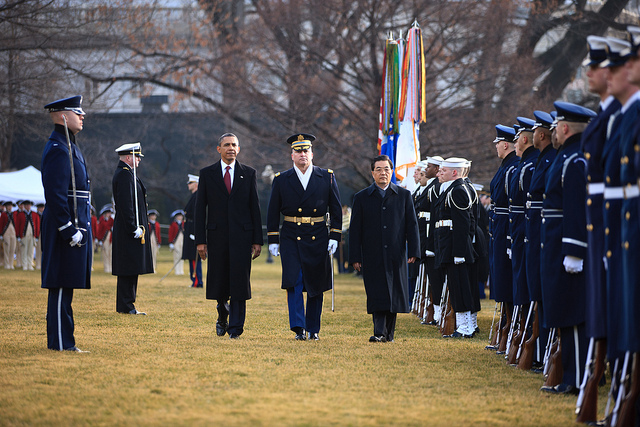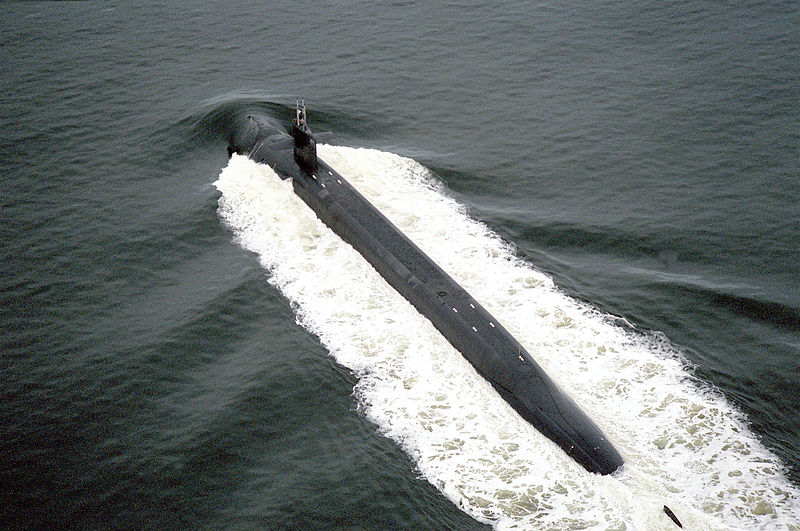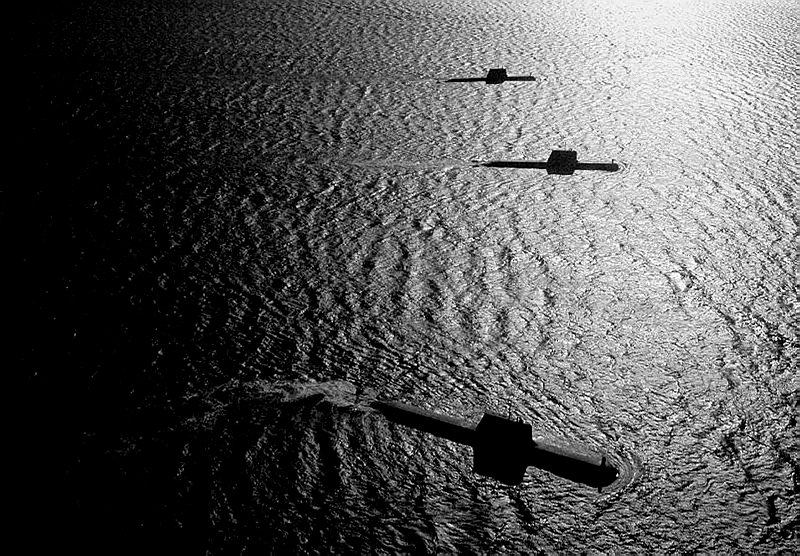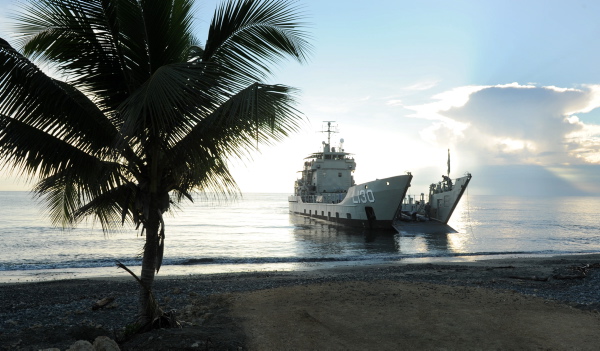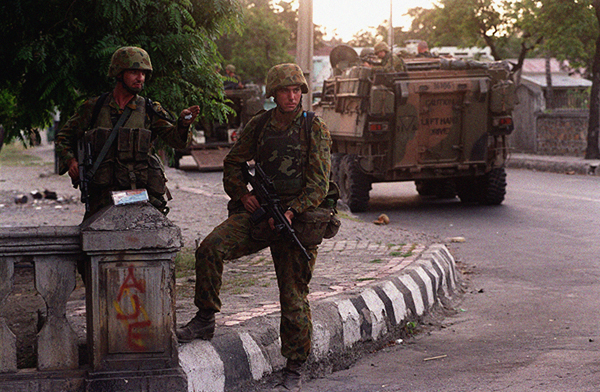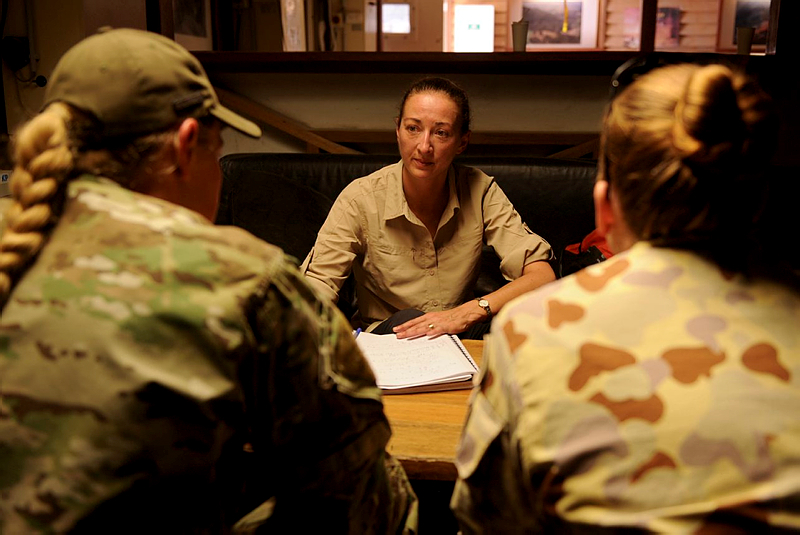Introducing nuance: the White Paper and great power competition
The future relationship between the United States and China will significantly define Asia’s strategic future. For Australia, there’s no more important question than how Washington and Beijing will manage their relationship. So it’s great to see that the government’s new Defence White Paper (DWP) introduces a much more nuanced assessment of the emerging US–China strategic balance and its implications for Australian defence policy.
The 2009 DWP was very strong in pointing to Chinese military assertiveness as a major source of concern for Australian defence policy, but the new document states that the government ‘does not approach China as an adversary’. It also recognises Beijing’s military modernisation as a ‘natural and legitimate outcome of its economic growth’. This reflects the reality that China’s military rise doesn’t automatically mean greater instability in Asia. Read more

